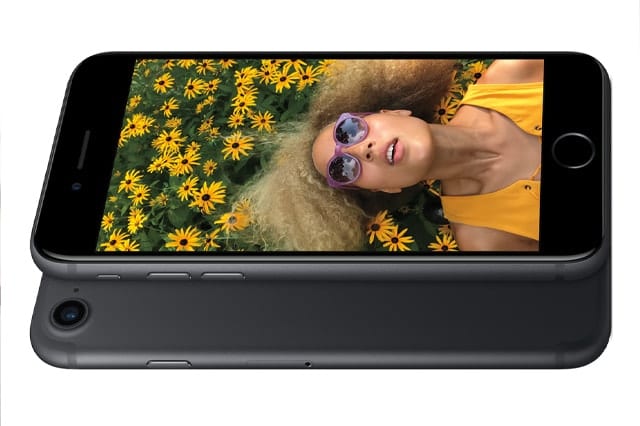Itching to get your hands on an iPhone 7 or iPhone 7 Plus? It turns out that doing so isn’t as straightforward as buying the phone from any of the country’s top wireless carriers. Now, you have to choose which of the Big 4 cell phone companies you’ll be getting your iPhone from because it will determine how flexible your device can get.
Apple has revealed that not all iPhone 7 and iPhone 7 Plus supports both the CDMA and GSM network. In not-so-subtle fine print, the company confirms only iPhone 7s bought from Sprint and Verizon will support both wireless standards.
This means that if you buy the device from Apple’s website and choose T-Mobile as your carrier, you won’t be able to pair it with Sprint, Verizon, or any other CDMA network when your mobile contract ends—regardless of whether you had your phone unlocked by then. On the contrary, anyone who selects Verizon or Sprint as their carrier can use their iPhone 7/iPhone 7 Plus on any other GSM or CDMA network.
Curiously, this was of no concern at all to iPhone 6 and iPhone 6S Plus as both supported the two wireless spectra.
Is That a Big Deal?
YES! As a mobile consumer, it’s natural to want the most number of options at any given time. If your current carrier’s coverage proves unsatisfactory, you’d logically want to switch over to a new, supposedly better service provider. With some iPhone 7 models physically unable to switch to other companies, you could get begrudgingly stuck with one carrier.
In addition, the lack of CDMA support in AT&T and T-Mobile iPhone 7s will mean that you won’t be able to connect to CDMA wireless networks in other countries when you travel abroad. Again, we can’t emphasize enough the importance of having your options open in such cases.
Why Is This Happening?
Before we begin speculating on what’s going on, it’s worth noting that Apple doesn’t actually make the modems—the components responsible for connecting a device to the Internet—for its iPhone line. It’s an open secret that they are supplied by third parties like Qualcomm and Intel.
Rumors are circulating that Sprint’s and Verizon’s iPhone 7s may be running the X12 from Qualcomm and that the models from AT&T and T-Mobile are using Intel’s XMM7360 modems. As it turns out, Intel’s components don’t support the CDMA standard. But why go through the hassle of getting components from two different manufacturers?
Apple may be ordering modems from two competing brands so it can enjoy lower prices and gain better negotiating power in future deals. This practice is common among tech firms and its known as “dual sourcing”.
More Bad News
Besides the lack of support for CDMA, the iPhone 7s with Intel modems (those from AT&T, T-Mobile) doesn’t support state-of-the-art network features like the 256 QAM and the 4×4 MIMO. Meanwhile, the iPhone 7s having Qualcomm’s X12 modems (from Sprint, Verizon) don’t do the same out of the box, but they can support the 256 QAM after a software upgrade. Both models, however, aren’t capable of supporting the 4×4 MIMO.
Why iPhone 7’s lack of support for 256 QAM and 4×4 MIMO is a big deal, you may ask? Well, these network features make download and upload speeds faster for any device supporting them. 256 QAM essentially allows a handset to get more data across in one radio pulse while 4×4 MIMO enables access to more antennas so network coverage on a device can be more reliable.
So while the iPhone 7 may definitely be faster than its predecessors, it may not achieve the same network speeds as phones that support the two latest network features. Among the few that do are the Samsung Galaxy S7 and the Samsung Galaxy S7 Edge.
The Silver Lining
The best way to go when you wish to be afforded maximum flexibility with your iPhone 7 or iPhone 7 Plus is to purchase an unlocked, SIM-free model from the Apple Store. That, or you could just get the Sprint or Verizon models, though, there could be caveats if you’re currently subscribed to any rival carriers.
SIM-free versions of the iPhone 7s aren’t associated with any carrier so they readily work with different wireless networks and use both CDMA and GSM standards, too.


